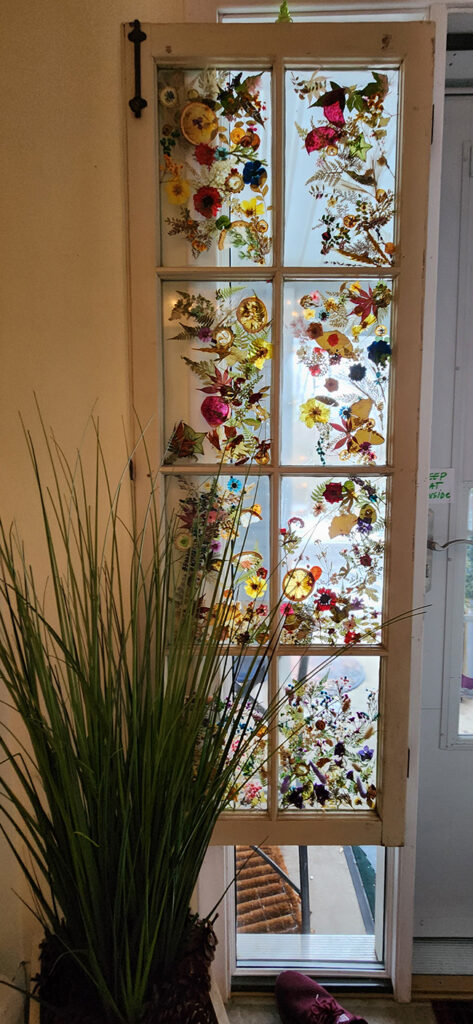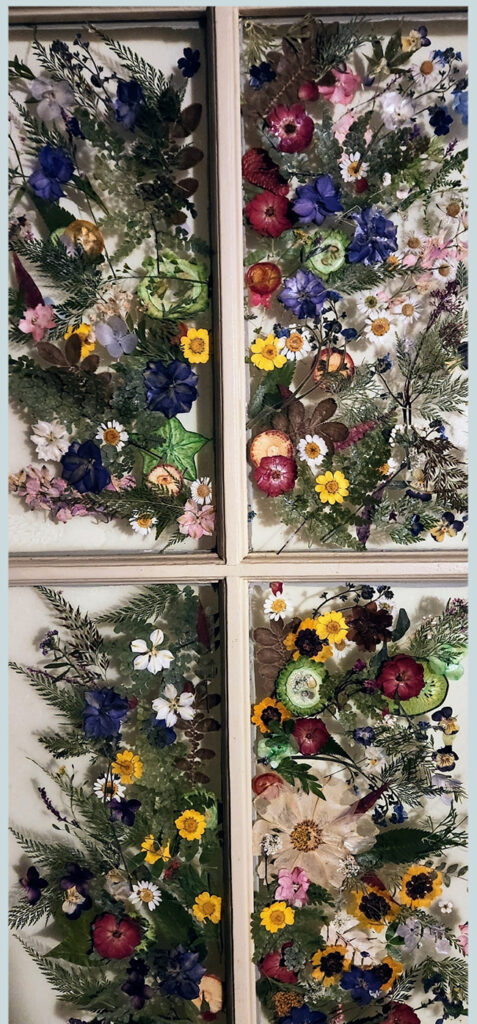In the dynamic realm of culinary arts, there is Hugo Lowenstein, affectionately known as Chef Hugo. A distinguished graduate of the Culinary Institute of America, Chef Hugo’s journey intricately weaves together gastronomy, teaching, and a profound passion for art that speaks to the soul. His remarkable career has left an indelible mark, not only in prestigious establishments like the Amstel Hotel in Amsterdam and the Waldorf Astoria but also within the confines of the Connecticut Department of Correction. Here, he dedicated 22 years to teaching culinary arts to offenders, providing them with a path to redemption and a career upon release.

Chef Hugo’s culinary odyssey commenced with notable roles at renowned establishments. As the First Commis in Amsterdam’s Amstel Hotel, he showcased his culinary prowess in one of Europe’s gastronomic capitals. Subsequently, he assumed the position of Banquet Commis at the Waldorf Astoria, a pinnacle of luxury in the heart of New York City. These experiences not only honed his skills but also laid the foundation for a multifaceted career that extended beyond the kitchen.

What sets Chef Hugo apart is his commitment to culinary education as a means of rehabilitation. For over two decades, he served as a beacon of hope within the Connecticut Department of Correction, spearheading a vocational culinary program. This groundbreaking initiative aimed at providing offenders with the skills and knowledge needed to embark on a culinary career upon release. Chef Hugo’s dedication to transforming lives through the art of cooking is a testament to the transformative power of education and second chances.


Beyond the realm of culinary excellence, Chef Hugo is an accomplished 16th-century Japanese Oshibana artist. His work, titled “Whispers in the Garden,” reflects his passion for art that transcends boundaries and communicates on a profound level. The term “Oshibana” refers to the traditional Japanese art of pressing and preserving flowers and other botanical elements. In Chef Hugo’s hands, this centuries-old practice takes on a contemporary twist, intertwining nature with the nuances of his culinary journey.
Whispers in the Garden” is an artwork that defines Chef Hugo’s approach to both culinary arts and Oshibana. The delicate blooms and leaves seem to murmur secrets of flavor and fragrance, capturing the essence of his culinary creations. The choice of a 16th-century Japanese art form adds a layer of cultural richness, bridging the gap between diverse traditions and creating a harmonious fusion of the old and the new.

Chef Hugo’s passion for art that speaks to people in a meaningful way is evident not only in his Oshibana creations but also in the way he approaches culinary storytelling. Each dish becomes a canvas, telling a story of flavors, textures, and cultural influences. His ability to weave narratives through food is a testament to his belief that the culinary arts extend beyond the plate, engaging all the senses and creating an immersive experience for the diner.
In the spirit of spartan elegance, Chef Hugo’s creations are characterized by simplicity that belies the complexity of flavors. His culinary philosophy revolves around allowing the natural essence of ingredients to shine, with each element contributing to a harmonious whole. This philosophy is mirrored in “Whispers in the Garden,” where the simplicity of pressed flowers conveys a depth of beauty that goes beyond mere aesthetics.

In conclusion, Chef Hugo, also known as Chef Hugo, is a culinary virtuoso whose journey extends far beyond the confines of traditional kitchens. From prestigious hotels to correctional facilities, his impact on the culinary world and the lives he has touched is immeasurable. Through his Oshibana art and culinary creations, Chef Hugo invites us to listen to the whispers of nature and flavor, forging a connection that transcends borders and speaks to the heart.

